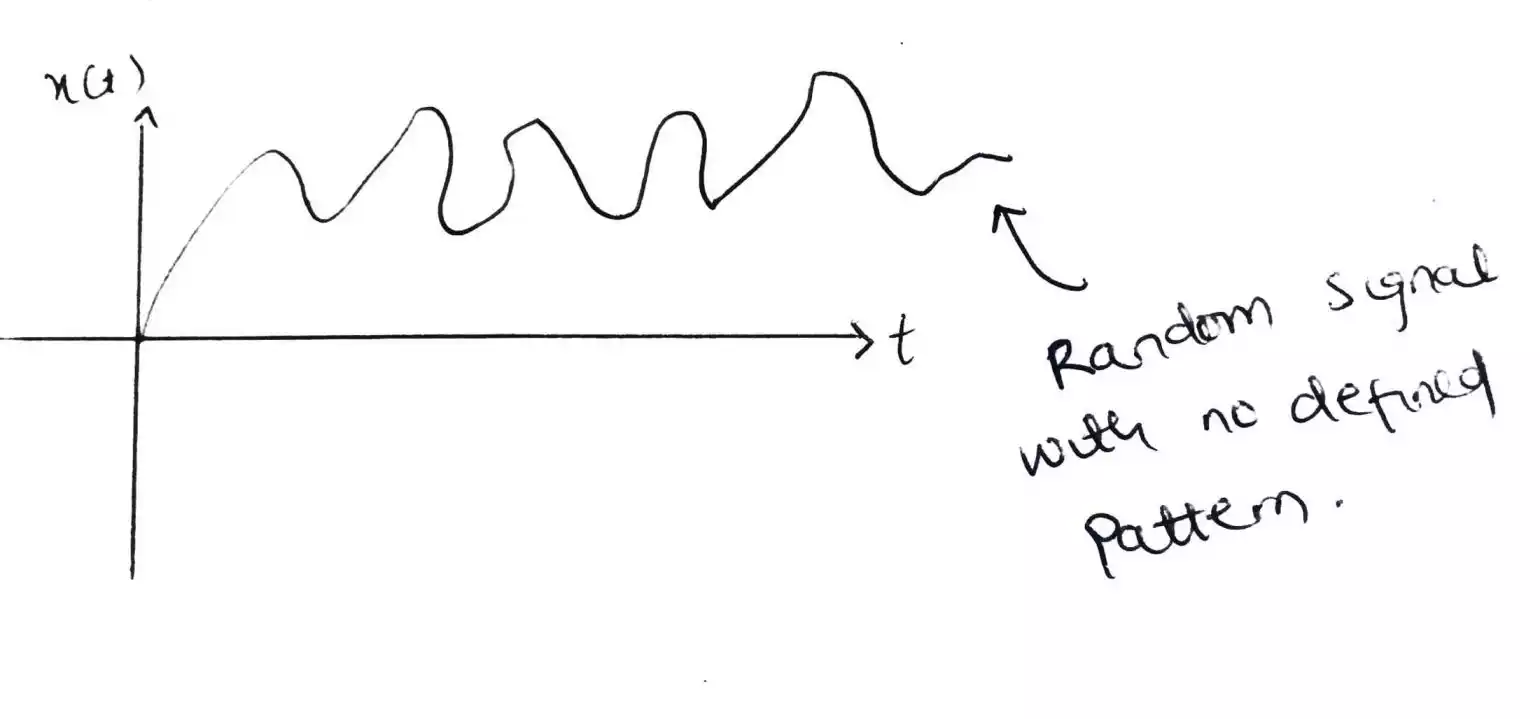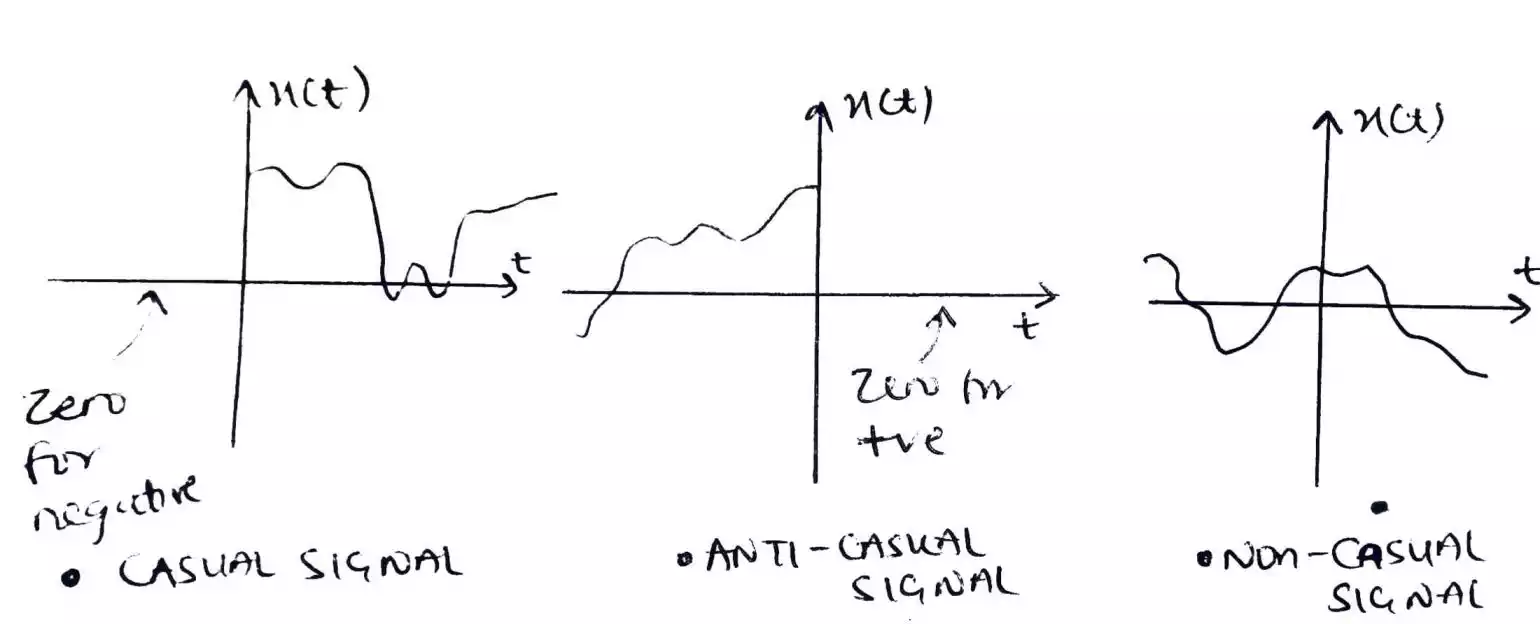Difference Between Linear Time Variant (LTV) and Linear Time Invariant (LTI) Systems
In this article, we will look at the main difference between linear time variant (LTV) and linear time invariant (LTI) systems.
We will discuss their definitions, characteristics, and applications to gain a comprehensive understanding of their functionalities and distinctions.
Table of Contents
What are LTV Systems?
A linear time variant (LTV) system is characterized by its output’s dependency on the time at which the input is applied. This means that if the same input signal is applied to an LTV system at different times, the resulting output signals will differ.
The response of an LTV system is influenced by the input’s temporal location within the system.
What are LTI Systems?
In contrast, a linear time invariant (LTI) system is not affected by the time at which the input is applied.
The output of an LTI system remains consistent regardless of when the input signal is presented.
If the same input signal is applied to an LTI system at different times, the resulting output signals will be the same.
Differences between LTV and LTI Systems
1. Dependence on Input Time
The primary distinction between LTV and LTI systems lies in their dependence on the input time.
LTV systems exhibit varying output responses based on the time at which the input is applied.
On the other hand, LTI systems produce consistent output responses regardless of the input’s temporal placement.
2. Memory and Environmental Influence
LTV systems often possess memory, meaning they retain information about previous input signals.
This memory enables the system to consider past inputs when generating the current output signal. In addition, LTV systems can be influenced by the environment in which they operate.
Factors like noise or external conditions can impact the output of an LTV system.
On the contrary, LTI systems lack memory and only consider the current input signal when generating the output.
They are not influenced by the surrounding environment and produce the same output for inputs of the same shape, regardless of any external factors.
3. Performance and Complexity
LTV systems tend to be more complex than LTI systems due to their temporal dependencies and memory capabilities.
This complexity arises from the need to analyze and account for different input times and their corresponding output responses.
But, the increased complexity of LTV systems also grants them more powerful functionality. They can effectively filter out noise from input signals, a task that LTI systems cannot accomplish.
LTI systems, although simpler in design and analysis, may not achieve the same level of performance as LTV systems.
Their time-invariant nature limits their ability to adapt and respond to temporal variations, making them more suitable for scenarios where such adaptability is not required.
Applications of LTV Systems
LTV systems find applications in various domains, including:
- Speech and audio signal processing: LTV systems can analyze and modify speech signals based on the time-varying characteristics of human speech.
- Image and video processing: LTV systems enable the extraction of temporal features and patterns in images and videos, allowing for tasks such as motion detection and tracking.
- Control systems: LTV systems play a vital role in control engineering, where they are used to model and control dynamic systems affected by changing conditions.
Applications of LTI Systems
LTI systems are widely employed in several fields, including:
- Communication systems: LTI systems form the foundation of many communication systems, ensuring consistent signal processing and transmission.
- Circuit analysis: LTI systems are extensively utilized in analyzing and designing electrical circuits, facilitating the understanding of circuit behavior over time.
- Digital signal processing: LTI systems are essential in digital signal processing algorithms, such as filters, where the same response is desired for inputs of the same shape.
Additional Properties of LTV and LTI Systems
1. Linearity
An LTI system is considered linear if its output is a linear combination of the inputs.
For example, if the input is represented by $x(t)$ and $y(t)$, then the output of an LTI system can be expressed as $ax(t) + by(t)$, where $a$ and $b$ are constants.
LTV systems do not possess this linearity property.
2. Time Invariance
Time invariance is another property of LTI systems. A system is considered time-invariant if the output remains the same for inputs of the same shape, regardless of when the input is applied.
In other words, if the input is represented by $x(t)$, the output of an LTI system must be $y(t)$ for all values of $t$.
LTV systems lack time invariance.
Wrap Up
The main difference between linear time variant (LTV) and linear time invariant (LTI) systems lies in their response to input time.
LTV systems produce varying outputs based on the time at which the input is applied, while LTI systems generate consistent outputs regardless of input time.
LTV systems are more complex and can adapt to changing conditions, while LTI systems are simpler but lack the same level of adaptability.
The choice between LTV and LTI systems depends on the specific requirements and characteristics of the application at hand.
FAQs
- Can an LTV system produce the same output for two different input signals applied at different times? No, an LTV system will produce different output signals for different input signals applied at different times.
- Are LTI systems always linear? Yes, LTI systems exhibit both linearity and time invariance properties.
- Which type of system is better, LTV, or LTI? The choice depends on the specific requirements of the application. LTV systems offer adaptability and noise filtering capabilities, while LTI systems are simpler to analyze and design.
- Are there any real-world examples of LTV systems? Yes, examples include systems that rely on memory or are influenced by environmental factors, such as speech recognition systems affected by background noise.
- Are LTI systems more widely used than LTV systems? LTI systems find extensive use in communication, circuit analysis, and digital signal processing, making them prevalent in many domains. However, LTV systems have their own unique applications and are essential in specific fields such as control engineering.




